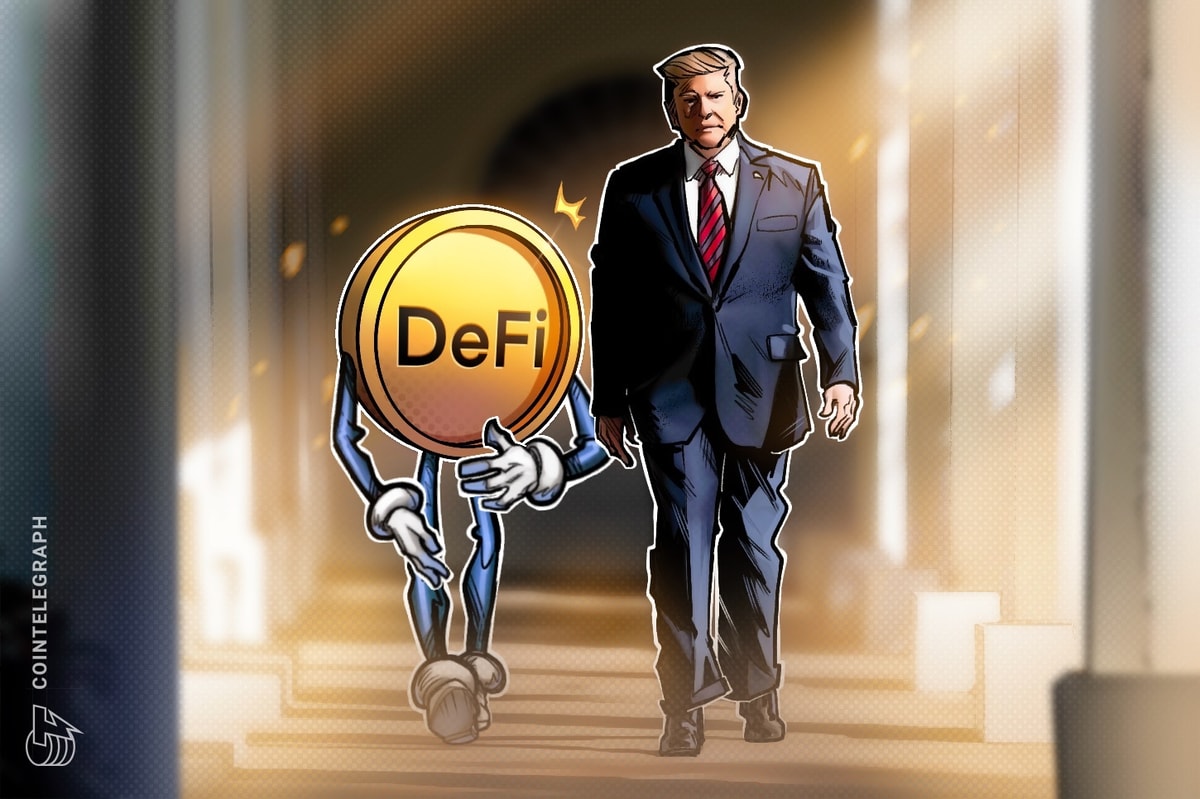The blockchain domains much like their predecessors 15 years ago are in the early stage of market development.
The blockchain domains much like their predecessors 15 years ago are in the early stage of market development, where newer players are taking advantage of this unique technology. Whilst some brands rush to explore this new frontier, others are still assessing the space. Here we will examine, what are the new risks and opportunities since the rise of the web3 domains, and how can Brands protect their online presence?
It seems not that long ago, there was a race for brands to register domains .com. The same can be said recently about blockchain domain names registrations. As we move towards blockchain domains system (web3), this has to be differentiated from the web2 domains naming system (DNS). DNS allowed centralised systems, such as, social media and eCommerce to flourish, including facebook.com or amazon.com. Web3 means a reliance on a decentralised public ledger system, or a blockchain, enabling seamless smooth processes with rapid processing times. As such blockchain domains operate on a specific blockchain via a ‘registrar’. For instance, mcdonaldsofficial.eth found on NFT market place Opensea has been registered with Ethereum Name Service, a registrar that enable blockchain domains (.eth) running on the Ethereum blockchain.
Blockchain domain names system (BDNS) much like DNS translates unique address into a memorable phrase. In the case of DNS, it would be translating a unique IP address into a domain name, such as, twitter.com. Whereas for blockchain domain names, it is about translating a unique digital wallet (0x9b8c19500a8631c1f755bb365bDE398384E4f2Fa) to memorable address, for instance, minecraft.eth. However, unlike DNS, blockchain domains have taken domains to another frontier regarding its functionality.
What is new about Blockchain Domain Names?
- First of all, blockchain domains are attractive to registrants as there are no established international regulations.
- Secondly, web3 domain names are a type of NFTs as it is a verified digital asset on a blockchain with an ownership certificate, which can be traded on NFT Marketplaces.
- Thirdly, blockchain domain names have wide use in the community. It can used as a display name for social media, for example PUMA uses PUMA.eth on Twitter, as a digital wallet or a more traditionally as a landing page.
This fascinating multi-usage enabled by blockchain technology truly expands many new possibilities for brands to interact with their customers.
Although we are seeing some platforms taking steps to ensure blockchain domain names are registered legitimately, such as Handshake (a blockchain domain registrar) who have reserved trademarked names for famous brands, organisations and people, we observe a high level of bad faith registration for blockchain domain names. One such instance which is well known is cybersquatting. Bad actors without any consent of the brand owners register a blockchain domain name and wait until the brand owner approaches them. The aim being to sell the blockchain domain names for a lucrative amount of money, such as, appleinc.eth listed on NFT Marketplace, OpenSea for around $600,000.
The web3 domains pose a risk to the brand’s image as clients may be misled by impersonating parties. As blockchain domain names have the ability to be used as display names, it is not hard to imagine that users with a display name, such as, “BrandXOfficial.eth”, might mislead other users that they are a brand’s official representative. Through establishing connections on social media, scammers may begin phishing or other data mining techniques to gain access to NFTs and cryptocurrencies of their victims, as was the most recent case of Seth Green who lost 4 NFTs of Bored Apes (an infamous NFT collection).
Whilst web3 domains provide unique ways for brands to interact with customers, this new technology poses a threat to brand’s image, including cybersquatting and brand impersonation.
Read More: www.lexology.com









 Bitcoin
Bitcoin  Ethereum
Ethereum  Tether
Tether  XRP
XRP  Solana
Solana  USDC
USDC  Dogecoin
Dogecoin  TRON
TRON  Cardano
Cardano  Lido Staked Ether
Lido Staked Ether  Wrapped Bitcoin
Wrapped Bitcoin  LEO Token
LEO Token  Chainlink
Chainlink  Avalanche
Avalanche  Toncoin
Toncoin  Stellar
Stellar  Sui
Sui  Shiba Inu
Shiba Inu  Hedera
Hedera  USDS
USDS  Wrapped stETH
Wrapped stETH  Bitcoin Cash
Bitcoin Cash  MANTRA
MANTRA  Litecoin
Litecoin  Polkadot
Polkadot  Hyperliquid
Hyperliquid  Bitget Token
Bitget Token  Binance Bridged USDT (BNB Smart Chain)
Binance Bridged USDT (BNB Smart Chain)  Ethena USDe
Ethena USDe  WETH
WETH  Pi Network
Pi Network  WhiteBIT Coin
WhiteBIT Coin  Monero
Monero  Wrapped eETH
Wrapped eETH  OKB
OKB  Uniswap
Uniswap  Dai
Dai  Coinbase Wrapped BTC
Coinbase Wrapped BTC  Pepe
Pepe  Aptos
Aptos  Ondo
Ondo  Gate
Gate  NEAR Protocol
NEAR Protocol  Tokenize Xchange
Tokenize Xchange  Internet Computer
Internet Computer  sUSDS
sUSDS  BlackRock USD Institutional Digital Liquidity Fund
BlackRock USD Institutional Digital Liquidity Fund  Cronos
Cronos  Mantle
Mantle